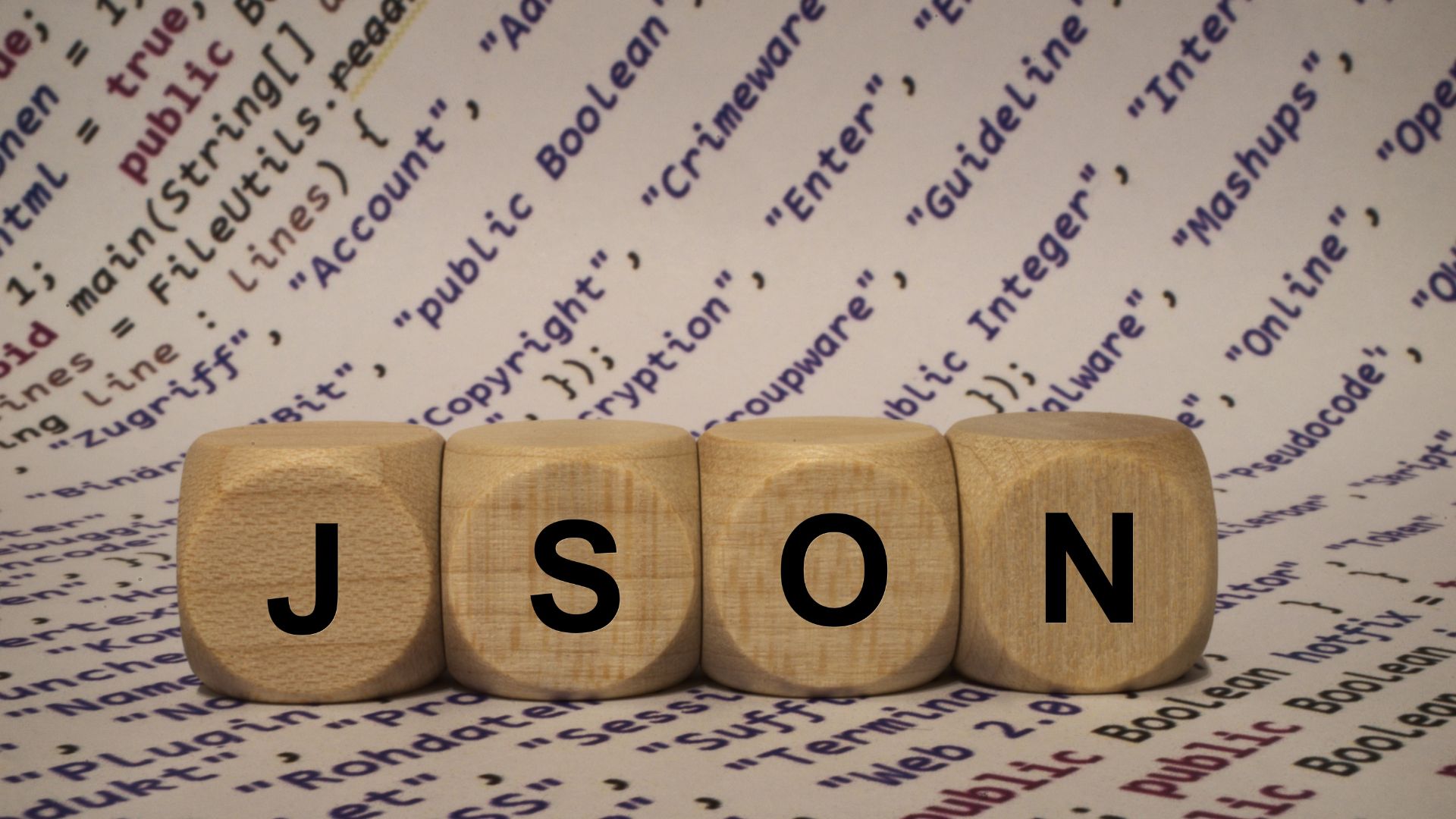
Recently, a colleague asked me about the differences between JSON Objects and JSON Arrays while working on displaying data in a table. We were iterating over a JSON dataset when they asked:
“What’s the actual difference between a JSON Object and a JSON Array?”
That conversation made me realise that many developers, especially those new to JSON, might have the same question. So, let’s break it down!
What is JSON?
JSON stands for JavaScript Object Notation, this is a syntax used for storing and exchanging data.
Data in JSON can be stored in two primary structures:
- Objects (key-value pairs)
- Arrays (ordered lists)
Here’s a quick comparison:
Example of a JSON Object:
{
"object": "value"
}
Example of a JSON Array:
[
"value"
]
JSON Objects
A JSON Object stores data in key-value pairs, similar to a dictionary in Python or a Map in other languages. The order of keys does not matter, but they must be unique.
Syntax
Keys must be strings (wrapped in double quotes) and values must be a valid JSON data type.
Valid JSON data types:
- ✅ String
- ✅ Number
- ✅ Object
- ✅ Array
- ✅ Boolean (true/false)
- ✅ Null
Example JSON Object:
{
"name": "Bruce",
"level": 27,
"class": "Warrior",
"active": true
}
JSON vs JavaScript Objects
In JavaScript, keys don’t need double quotes, and strings can use single or double quotes:
{
name: "Bruce",
level: 27,
class: 'Warrior',
active: true
}
Accessing Object Values
You can access values in a JSON Object using dot notation or bracket notation:
var name = object.name; // Dot notation
var name = object["name"]; // Bracket notation
Looping through Objects
In JavaScript, you can loop through JSON Objects using Object.entries():
const jsonObject = {
name: 'Gladus',
level: 42
};
for (let [key, value] of Object.entries(jsonObject)) {
console.log(`${key}: ${value}`);
}
In React, you can loop through JSON Objects like this:
const jsonObject = {
name: 'Gladus',
level: 42
};
{Object.keys(jsonObject).map(key => (
<Character key={key} details={jsonObject[key]} />
))}
Nested JSON Objects
A JSON Object can contain another JSON Object as a value, this is where JSON becomes very powerful.
Example Nested JSON Object:
{
"name": "Bruce",
"level": 27,
"equipment": {
"main":"Sword",
"off_hand":"Shield",
"gold":100
}
}
Accessing Nested Values
To access nested values, you can use dot notation or bracket notation:
var mainEquipment = object.equipment.main; // Dot notation
var mainEquipment = object["equipment"]["main"]; // Bracket notation
JSON Arrays
A JSON Array is similar to a JavaScript array, an ordered list of values where position matters.
Syntax
Values inside a JSON Array are comma-separated and can be:
- ✅ String
- ✅ Number
- ✅ Object
- ✅ Array
- ✅ Boolean (true/false)
- ✅ Null
JSON Arrays in JavaScript allows additional types, like:
- ✅ Functions
- ✅ Dates
- ✅ undefined (not valid in JSON)
Arrays Inside JSON Objects
JSON Arrays can also be stored inside JSON Objects.
Example: JSON Object with an Array:
{
"name": "Bruce",
"level": 27,
"items": [
"Sword",
"Shield",
"Health Potion"
]
}
Accessing Array Values in an Object
To access values inside an array, use their index (starting from 0):
var item = object.items[0]; // "Sword"
Looping Over JSON Arrays
You can iterate over JSON Arrays using a for loop:
for (var item of object.items) {
console.log(item);
}
Alternatively, using .forEach():
object.items.forEach(item => console.log(item));
Conclusion
Understanding the difference between JSON Objects and JSON Arrays is essential for working with APIs, databases, and structured data in JavaScript.
💡 Key Takeaways
- ✔ JSON Objects store data in key-value pairs (unordered).
- ✔ JSON Arrays store ordered lists of values.
- ✔ You can nest Objects and Arrays within JSON for complex data structures.
I hope this post helped clarify JSON Objects vs JSON Arrays!